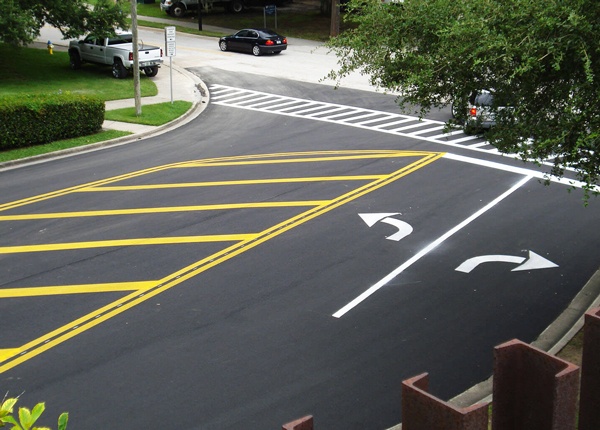
Railroad Crossing Lights, Signals and Gates: Driving Safety
Updated Sept. 18, 2020Many railway crossings around the United States feature traffic lights to warn drivers that a train is approaching. Despite this, railroad crossing accidents still occur and often catastrophic. Understanding how railroad crossing signals work is vital to your safety. Never ignore warning signals or attempt to beat a train through a crossing – you will not win.
Railroad crossing gates and lights
Horizontal red traffic lights are often installed on or near to the crossbuck sign marking the crossing. The lights are usually accompanied by a bell signal. Safety gates may or may not be present at the crossing.
Flashing red traffic lights mean that a train is approaching. Motorists must not attempt to cross railway tracks when a red traffic light or bell signal is active. Stay put, even if the warning light keeps flashing yet no train appears. The Federal Railroad Administration (FRA) implements a minimum warning time of 20 seconds, though many crossings have warning signals which activate 30 to 40 second prior to a train passing through.
Drivers must stop within 50 feet of the railroad crossing and at least 15 feet away from the crossing when warning signals are active (the minimum distance at which drivers must stop may vary from state to state, check your driving handbook for local information). You must also stop if a flagger indicates a train is coming, or if you can see or hear an approaching train.
A lowered safety gate or barrier also indicates that a train is about to move through the crossing. Like warning lights, the safety gate may be activated a considerable amount of time before the train passes through. NEVER attempt to drive around a closed safety gate – even if you suspect it might be malfunctioning.
Malfunctioning or inoperative railroad signals and safety devices must be reported using the emergency notification system (ENS), as discussed below.
Railroad crossing dangers
Keep in mind that warning lights may be malfunctioning if they are not active! Always conduct a visual check for trains in both directions before moving over a crossing, even if traffic lights indicate that the track is clear.
Warning signals only improve driver safety when drivers themselves follow the rules. According to a report published by the Federal Railroad Administration in 2015, more than 60 percent of train-vehicle collisions happen at crossings which are installed with automatic warning systems. These collisions can be largely attributed to irresponsible driving, such as:
- A motorist trying to rush over a crossing when a warning signal is active.
- A motorist moving over a crossing when there is no room for their vehicle on the other side. This often happens when a line of vehicles is using the crossing. If another vehicle closes the gap behind you, you could be blocked in on the railway track.
To find out more about railroad crossing dangers and safety tips, check out the “Railroad Crossing Safety” module.
Emergency notification systems (ENS)
An emergency notification system sign will be posted near the crossbuck sign at practically all railroad crossings. This system is designed to facilitate a rapid response when emergency situations occur at railway crossings, or malfunctioning signals jeopardize public safety. In an emergency, motorists should use the phone number and crossing reference number on the ENS sign to contact the railroad authority in charge of the crossing.
Railroad crossing without signals
As of 2015, 50 percent of railroad crossings on public roads were equipped with flashing warning signal lights. Of that number, 35 percent also had safety gates. Further lights and gates have been installed at crossings around the United States in the past few years, though there are still many crossings with no warning devices at all.
When using a crossing that is not equipped with warning lights or gates, drivers must slow down and check for trains in both directions, on all tracks. If you see or hear a train – no matter how distant it may seem – you must come to a full stop before the crossing until it has passed. Then, proceed with caution. Trains move at great speed and cannot stop quickly.




